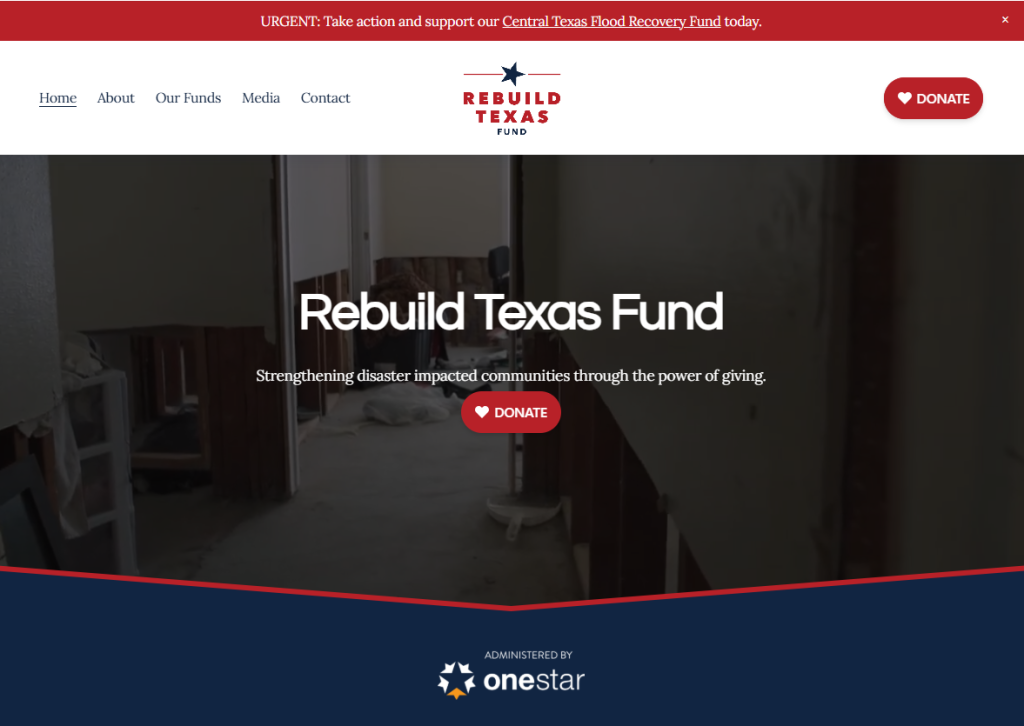
Reintroducing the Rebuild Texas Fund: A Trusted Way to Support Communities After Disaster
When disaster strikes in Texas, people across the state want to help—but finding a trusted, effective way to give can be overwhelming. That’s why we’re excited to announce the launch of the new and improved Rebuild Texas Fund website at RebuildTX.org —a streamlined platform that makes it easier than ever for donors to respond quickly and confidently when Texas communities are in need.
First established in 2017 in response to Hurricane Harvey, the Rebuild Texas Fund is a statewide disaster recovery fund that mobilizes resources in the immediate aftermath of disaster and supports long-term community recovery. With more than $109 million raised to date, the Fund has supported communities affected by Hurricane Harvey, COVID-19, the Uvalde school shooting, Central Texas flooding, and more.
Thanks to the generosity of donors and the strength of local partnerships, the Rebuild Texas Fund has become a trusted vehicle for ensuring that your charitable dollars are delivered quickly, transparently, and effectively—especially in times of crisis.
What’s New on the Website?
The new Rebuild Texas Fund website reflects our continued commitment to transparency, impact, and donor trust. Key features include:
- Streamlined Donation Experience
Quickly contribute to active disaster funds with just a few clicks—so you can make an immediate difference when time matters most. - Improved Transparency
Learn about the specific disasters we’ve supported and explore how funds are used, where donations go, and what kinds of projects your support makes possible. - Impact Spotlights
See real stories, data, and photos that highlight how Rebuild Texas Fund investments have helped Texans rebuild their lives.
Whether you’re a donor looking to make an impact or a community leader preparing for what comes next, the new Rebuild Texas Fund website is designed to support meaningful action and long-term resilience across Texas.

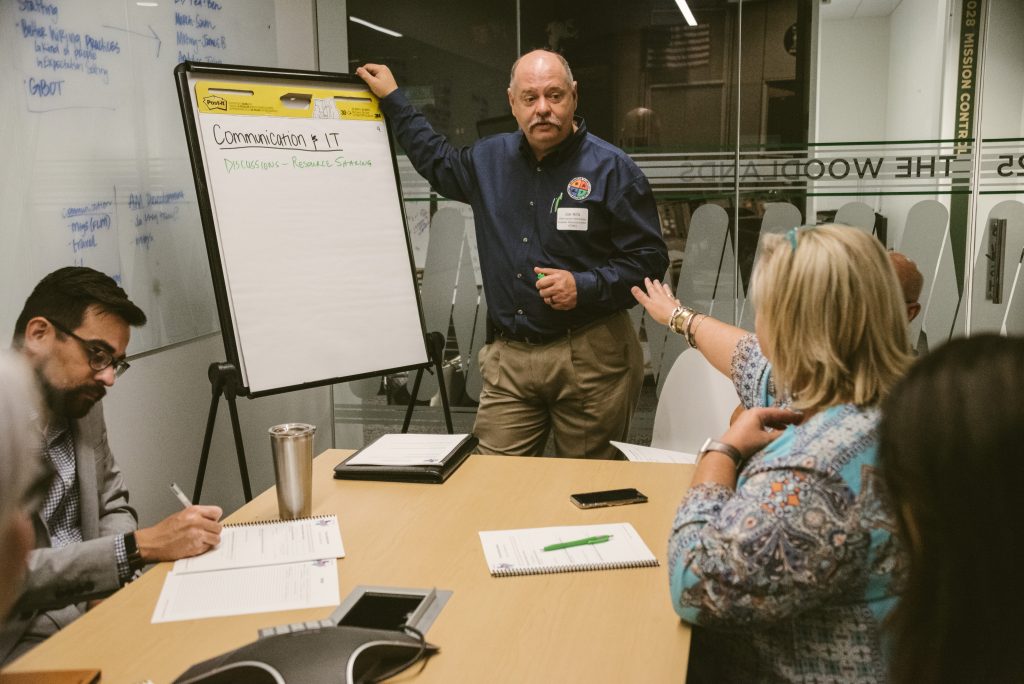
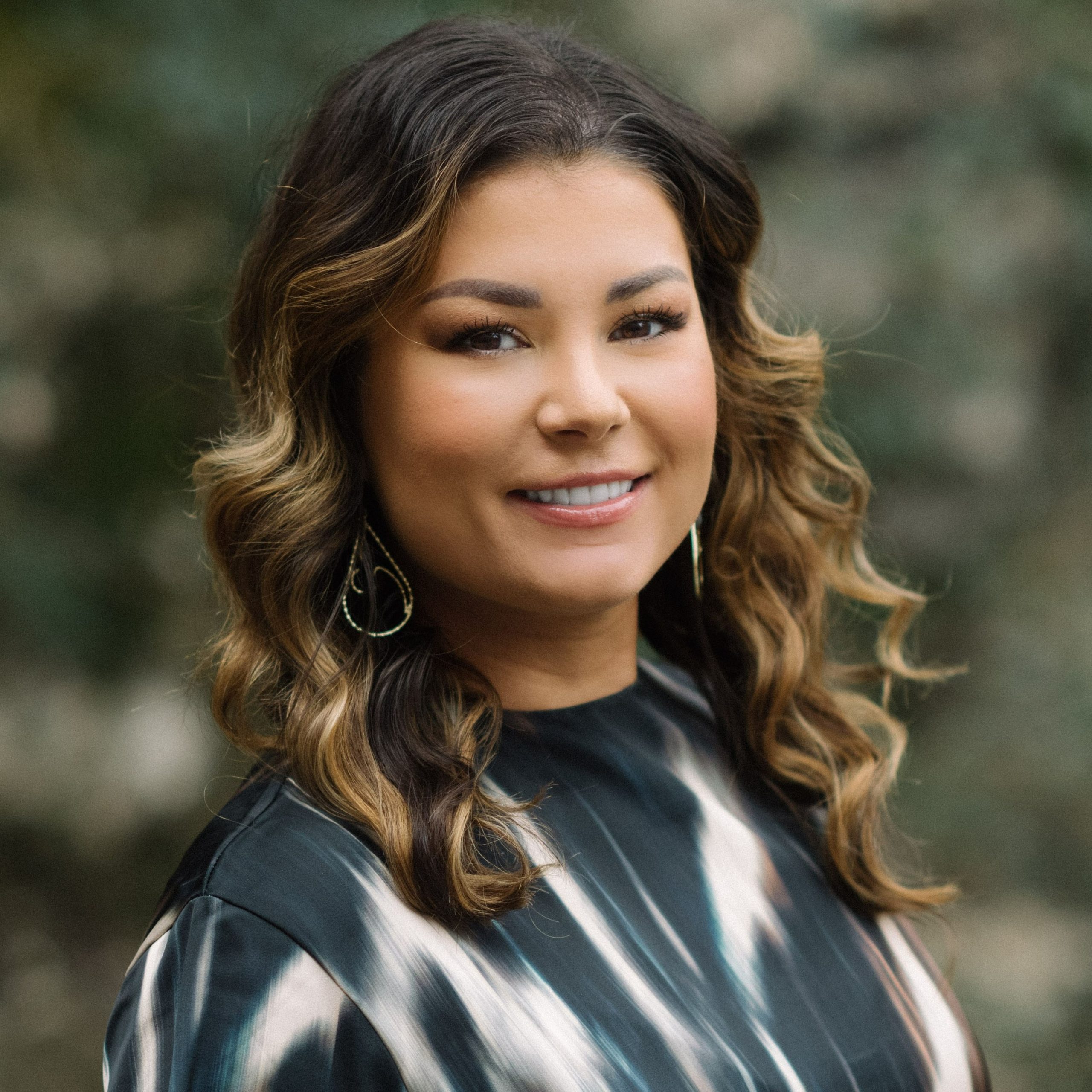 Michelle Vryn
Michelle Vryn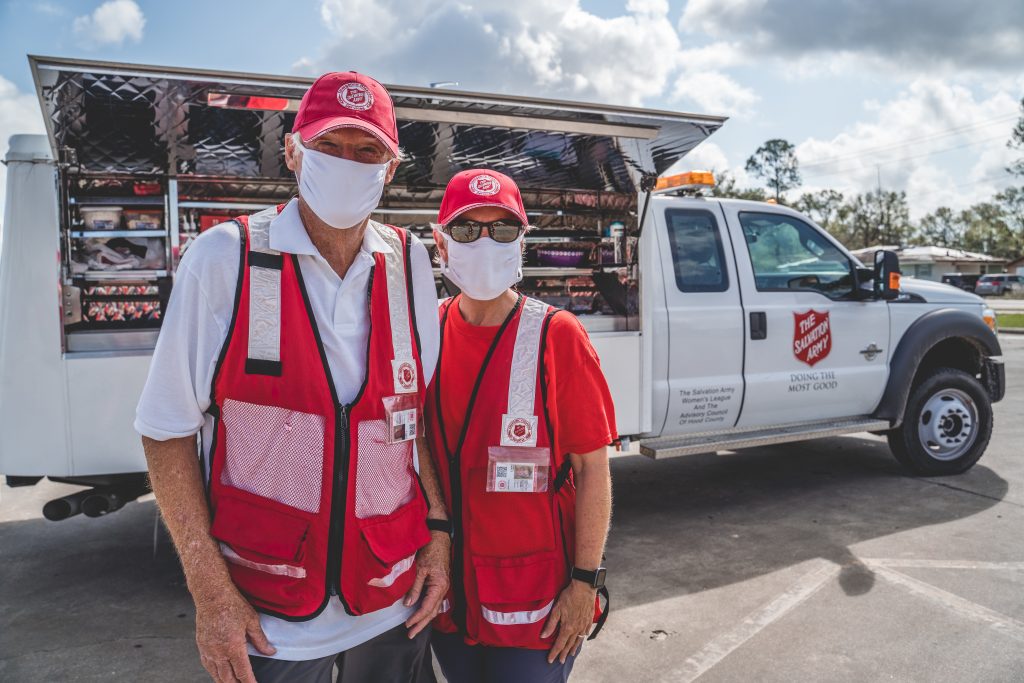
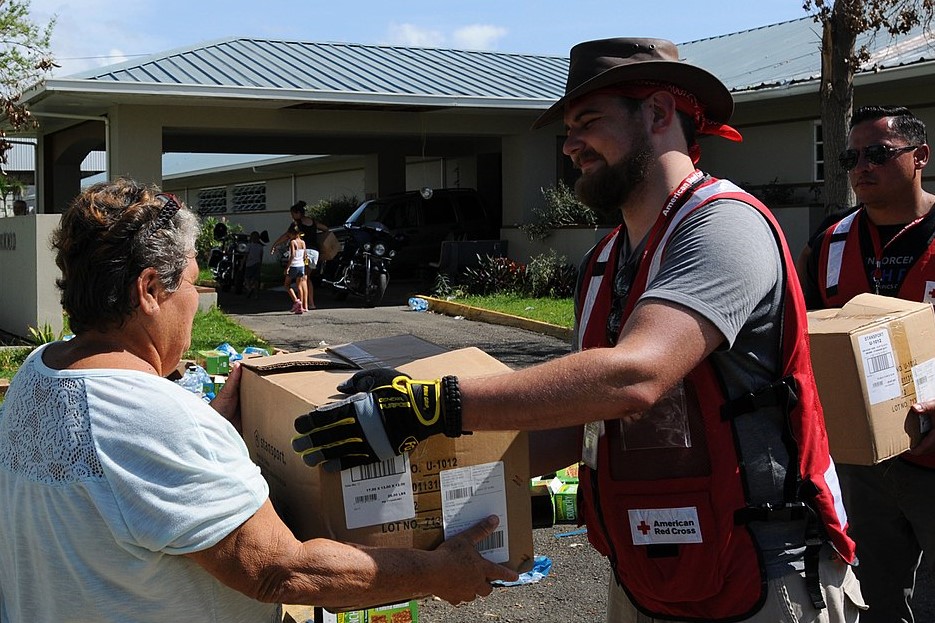
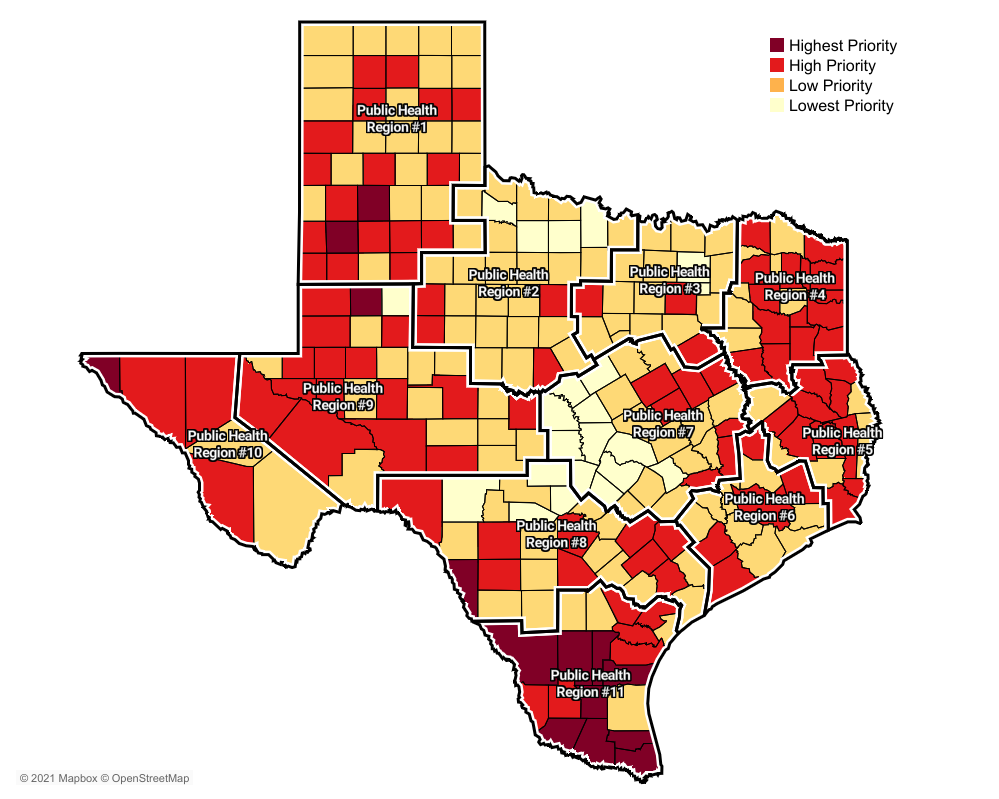


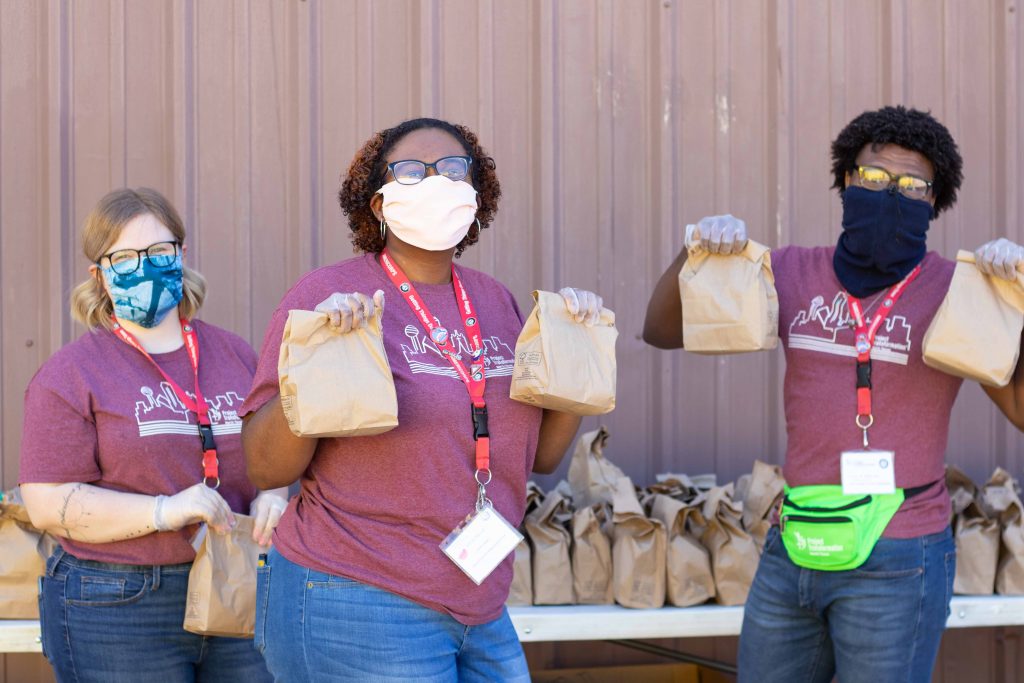
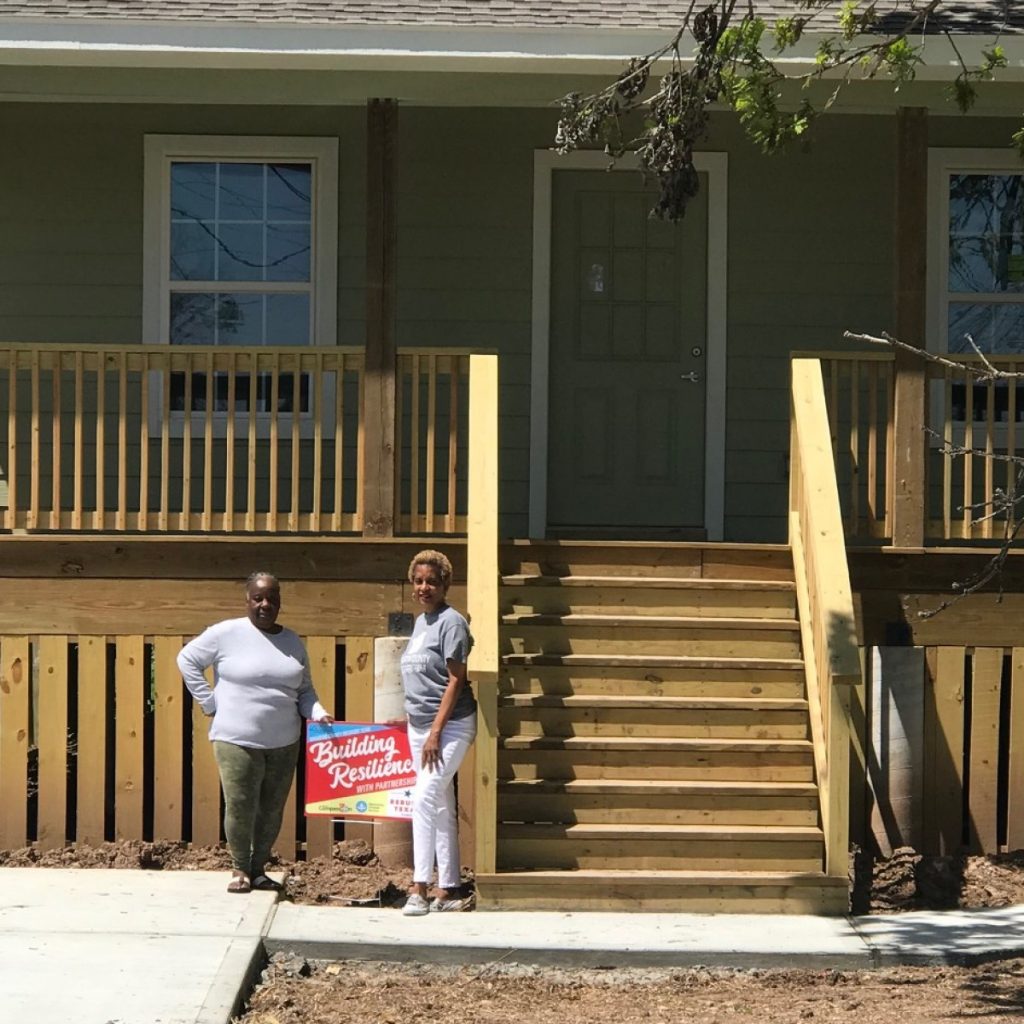
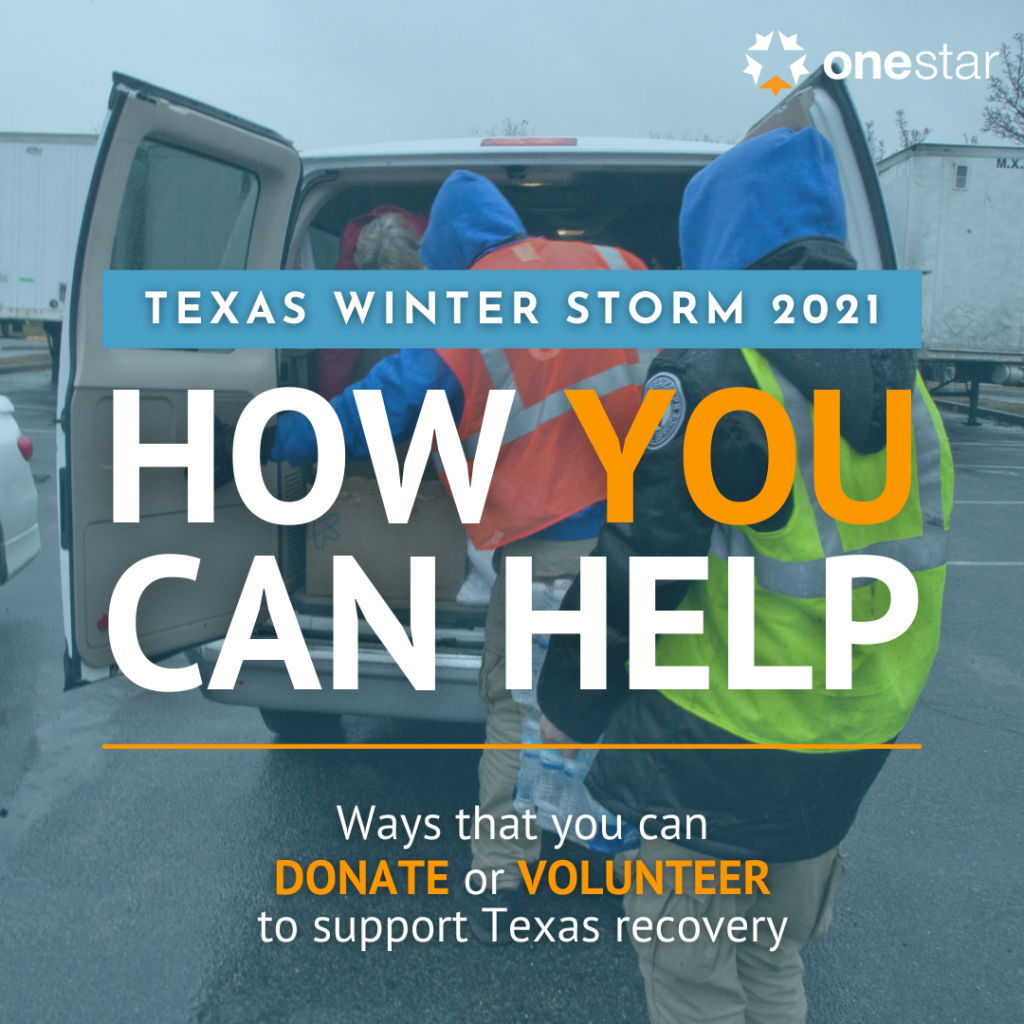
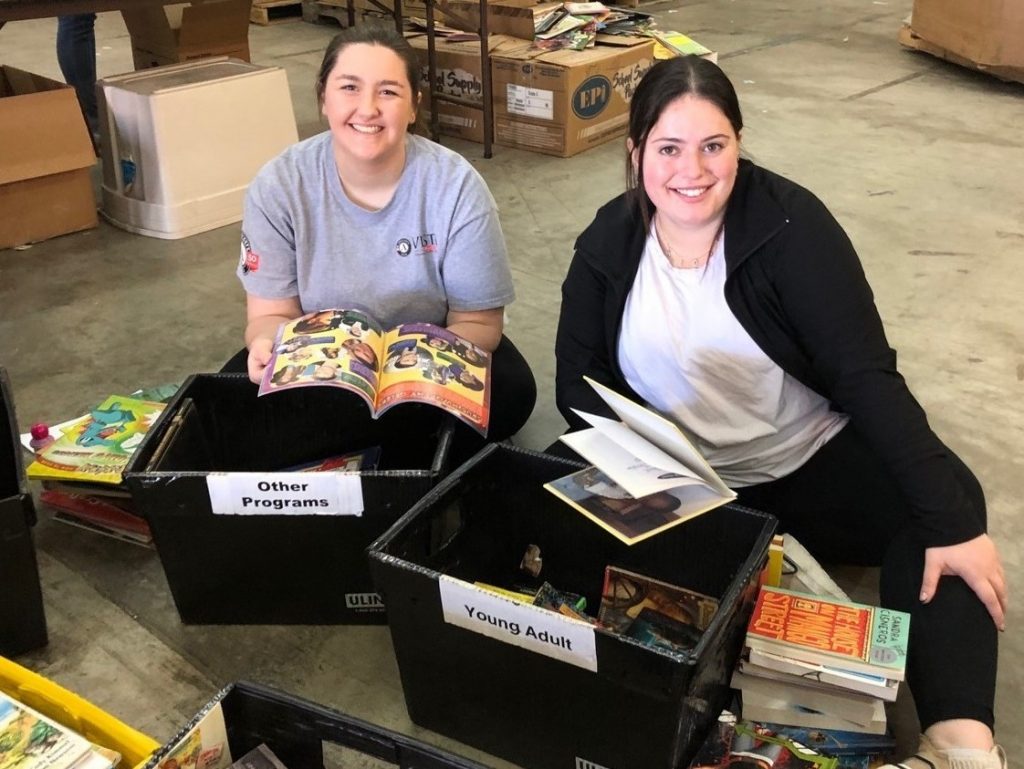
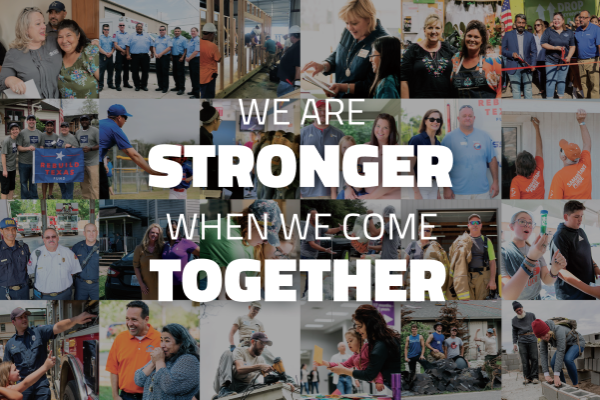
 With our 40-year history of supporting the nonprofit sector and local communities in Texas, including during times of disaster, we will build upon the legacy created through this partnership to revive Texas and transform communities.
With our 40-year history of supporting the nonprofit sector and local communities in Texas, including during times of disaster, we will build upon the legacy created through this partnership to revive Texas and transform communities.